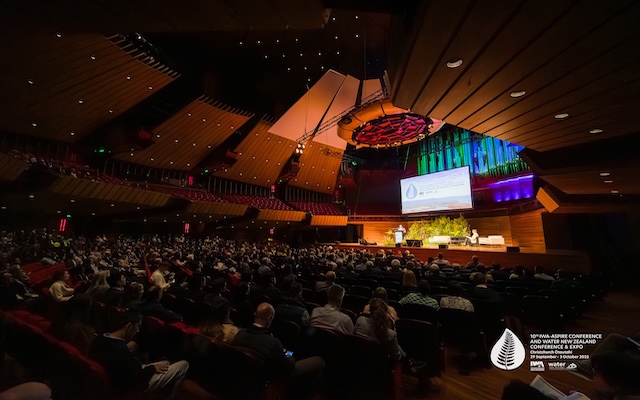Global travel management company Corporate Travel Management (CTM) has published its second Global Corporate Travel Trends Report providing a comprehensive analysis of the corporate travel industry’s performance in 2024.
The report reveals robust growth across key travel metrics, highlighting the resilience and expansion of the corporate travel industry. Air travel capacity is above 2019 levels, business travellers are flying longer distances, booking lead times are extending and average daily rates (ADRs) for accommodation are beginning to plateau globally.

Air travel rebounds with increased capacity and stabilised fares
According to CAPA Centre for Aviation, the global corporate air travel market has entered a period of sustained growth, with air capacity now 3% above 2019 levels and 6.4% higher than in 2023.
Airlines are scaling operations to meet the growing demand, particularly in major corporate travel hubs where full-service carriers have expanded networks. Record aircraft orders and over 1,600 new aircraft deliveries expected in 2025 signal continued investment in fleet expansion to meet demand.
Top three corporate travel routes for CTM customers in 2024
The top travel routes for CTM customers were:
-
London – New York
-
London – Hong Kong
-
Sydney – Melbourne
The Sydney–Melbourne route surpassed Hong Kong–Tokyo in the January–June 2024 Global Corporate Travel Trends Report.
Corporate travellers flying further
Corporate travellers covered greater distances in 2024 than before the pandemic, with stabilised airfares in most regions providing corporate travel managers with greater budget certainty following sharp price increases in 2023.
British business travellers led the trend globally, flying further than any other nation compared to 2019. India’s rapidly growing corporate travel market also experienced a significant increase in travel distances compared to 2019, with North America emerging as a key destination.
French business travellers also saw significant distance increases due to government-imposed sustainability restrictions on domestic air travel in 2023.
Australian business travellers, who stayed closer to home in 2023, have returned to flying longer, surpassing 2019 distances.
Airfare trends and booking behaviour
Following steady price increases since March 2020, globally airfares entered a downward trend in 2024. Economy fares declined more sharply, while business class fares maintained a consistent trajectory. This softening suggests a potential market correction following the strong price recovery period of the previous two years.
Australia and New Zealand (ANZ) saw easing international airfare pressures with increased competition boosting capacity to meet rising demand. Similarly, North America witnessed stabilisation in airfares with airlines adding Transpacific and Transatlantic capacity. International airfares in Asia continued to decline due to price corrections from supply shortages during the pandemic. In Europe, strong corporate and premium leisure demand and limited seats drove up international business class fares.
Air booking lead times
While global booking lead times largely stabilised in 2024, regional variations continue to reshape these trends.
North America saw the most significant shift of travellers booking 21+ days in advance (35% vs 24% in 2023). Europe and ANZ also witnessed an increase in 21+ day bookings, however only marginal in comparison. Asia stands apart with travellers booking closer to departure, driven by a growing low-cost carrier presence.
Accommodation market sees strong demand and longer booking lead times
Corporate accommodation demand remains strong, with average daily rates (ADRs) globally plateauing at 20-30% above 2019 levels.
Global hotel booking behaviour has shifted since 2019, with fewer reservations made within seven days of travel (52% vs. 61% in 2019) and more bookings secured 21 or more days in advance (24% vs. 18% in 2019). This trend suggests a desire to lock in rates and secure availability in advance based on the strong return to travel in key markets.
ANZ, Europe and Asia were at the forefront of this shift, with 34% of bookings in ANZ, 36% in Asia and 32% in Europe made 21+ days in advance. This marks a notable increase from 2019 when the figures were 23%, 24%, and 28% respectively. Last-minute bookings remained dominant in North America, with 64% made within 7 days.


























